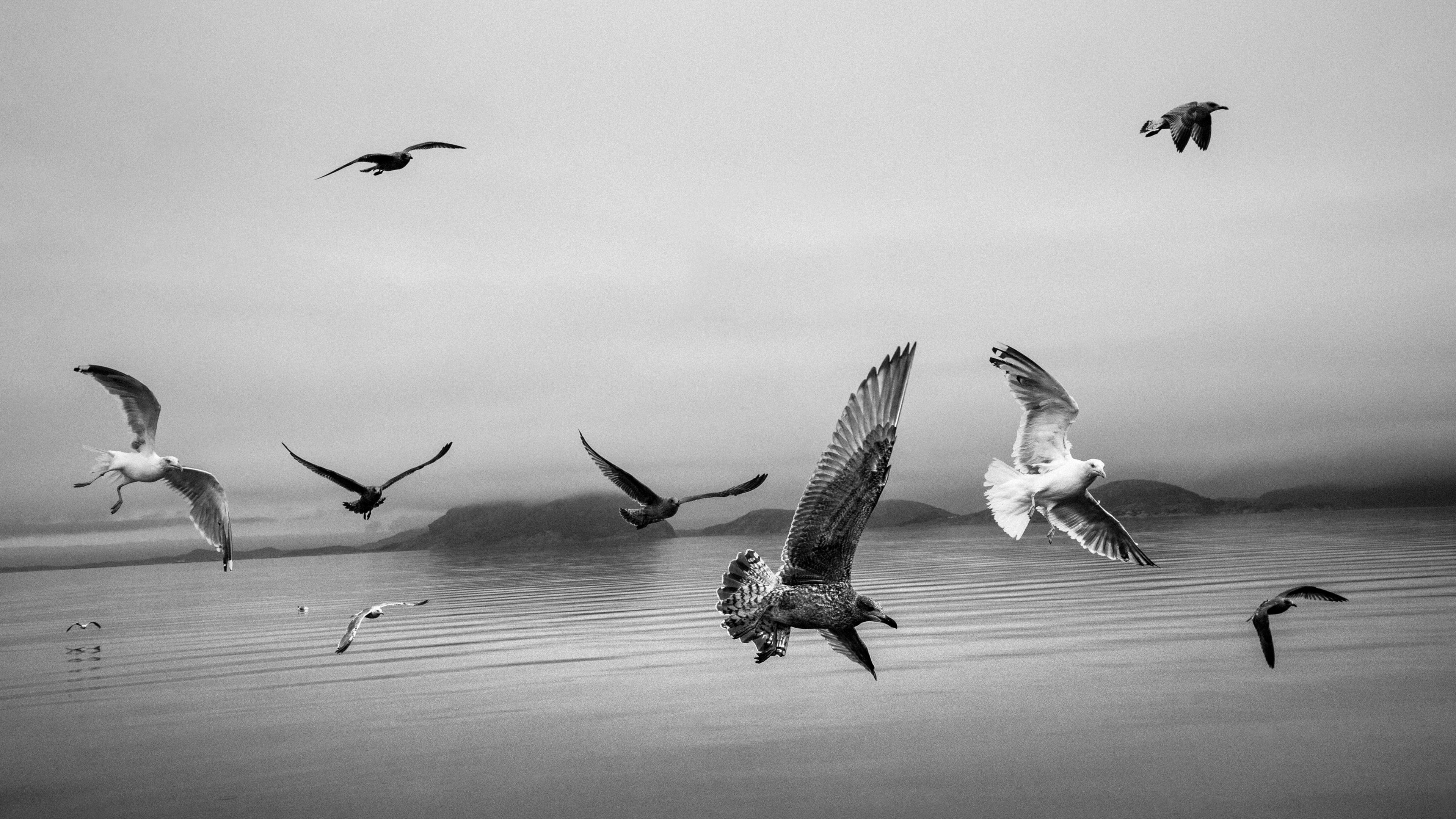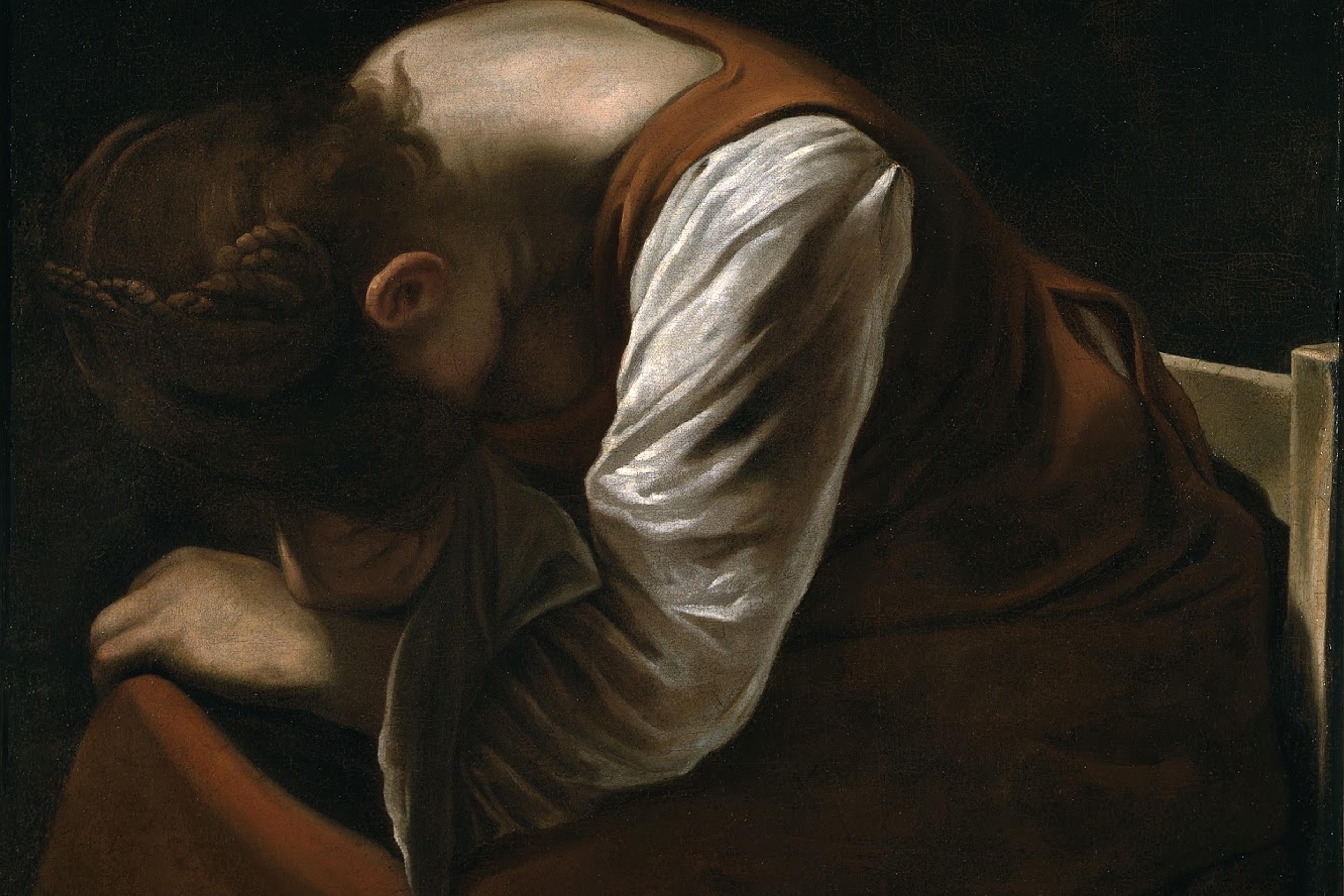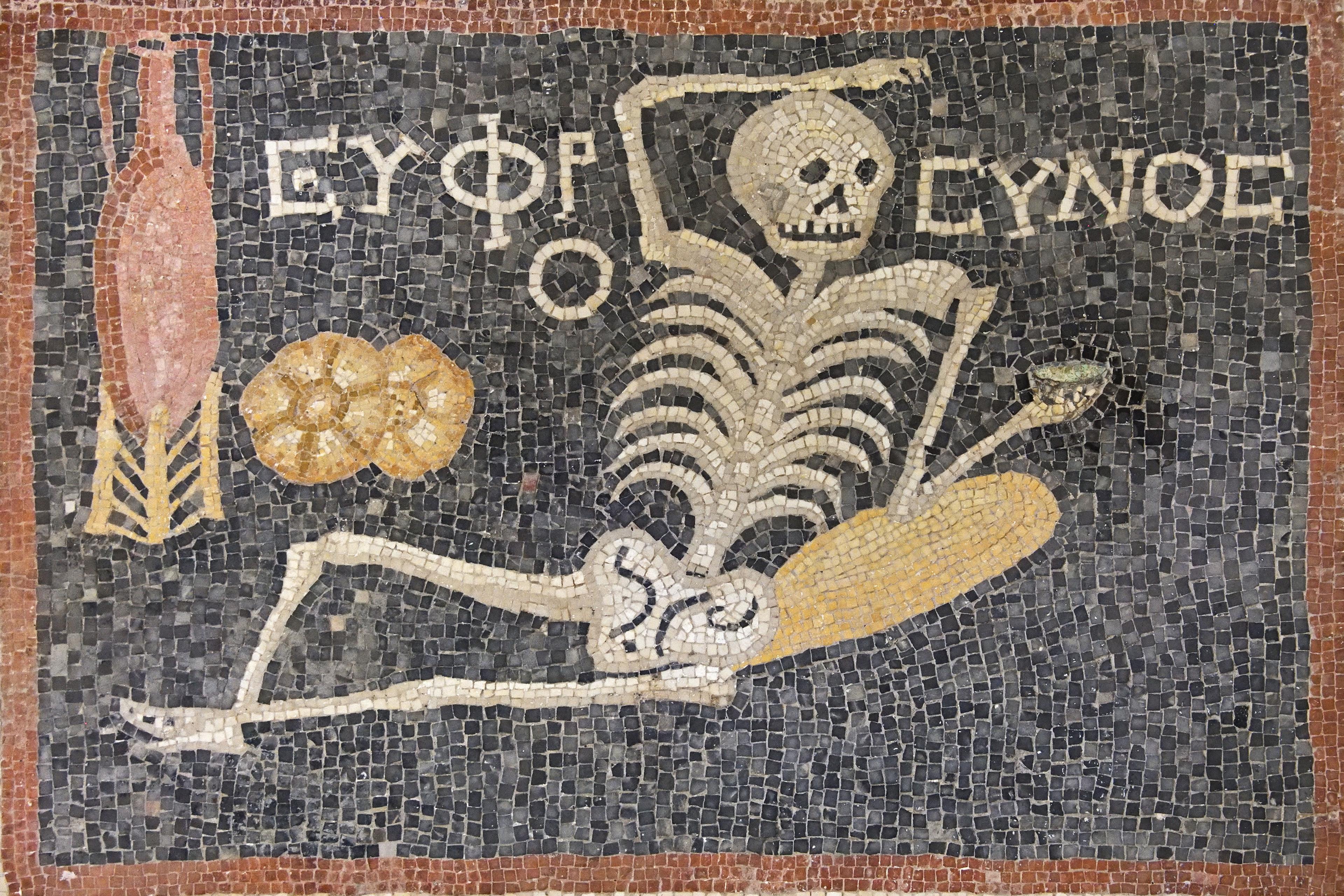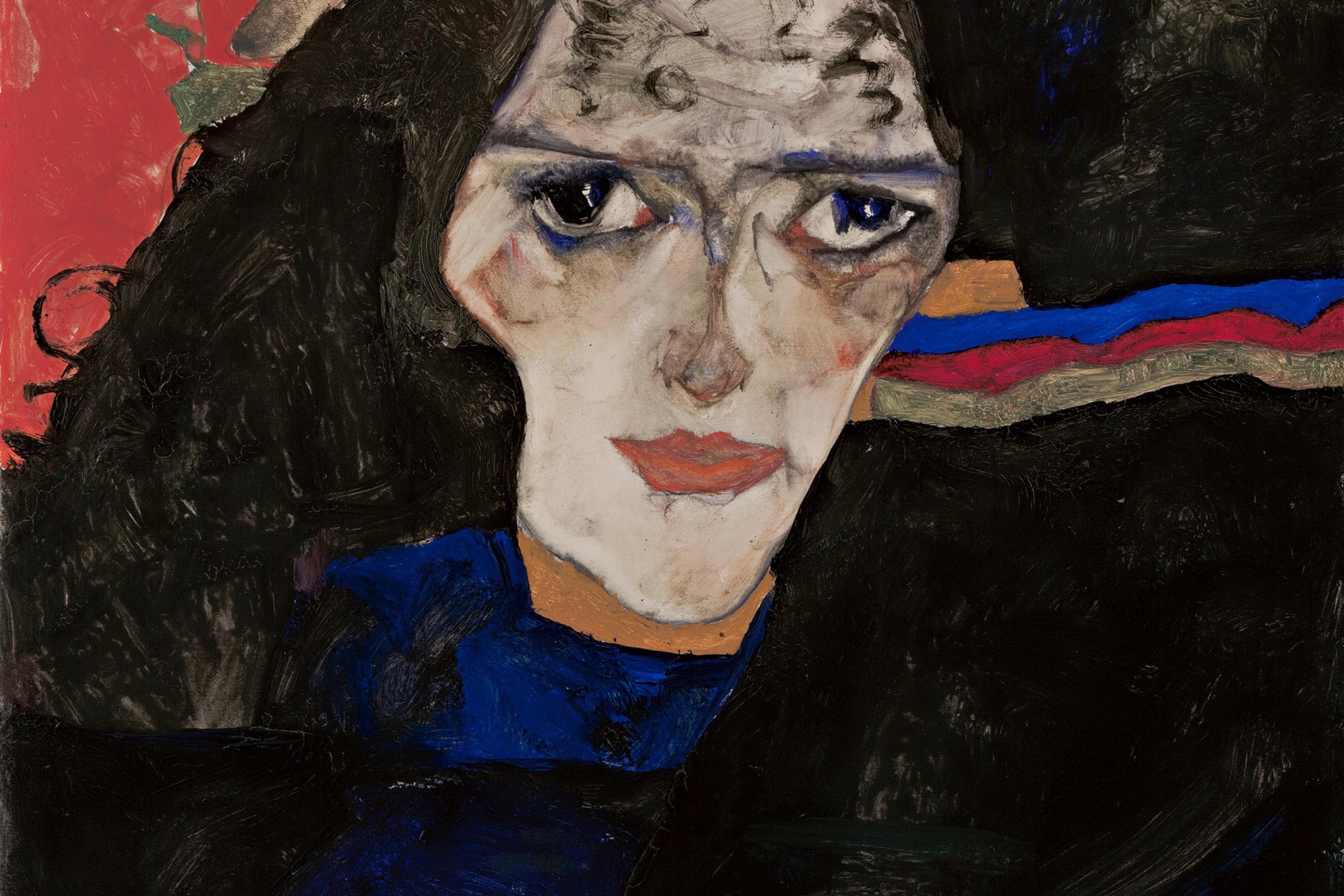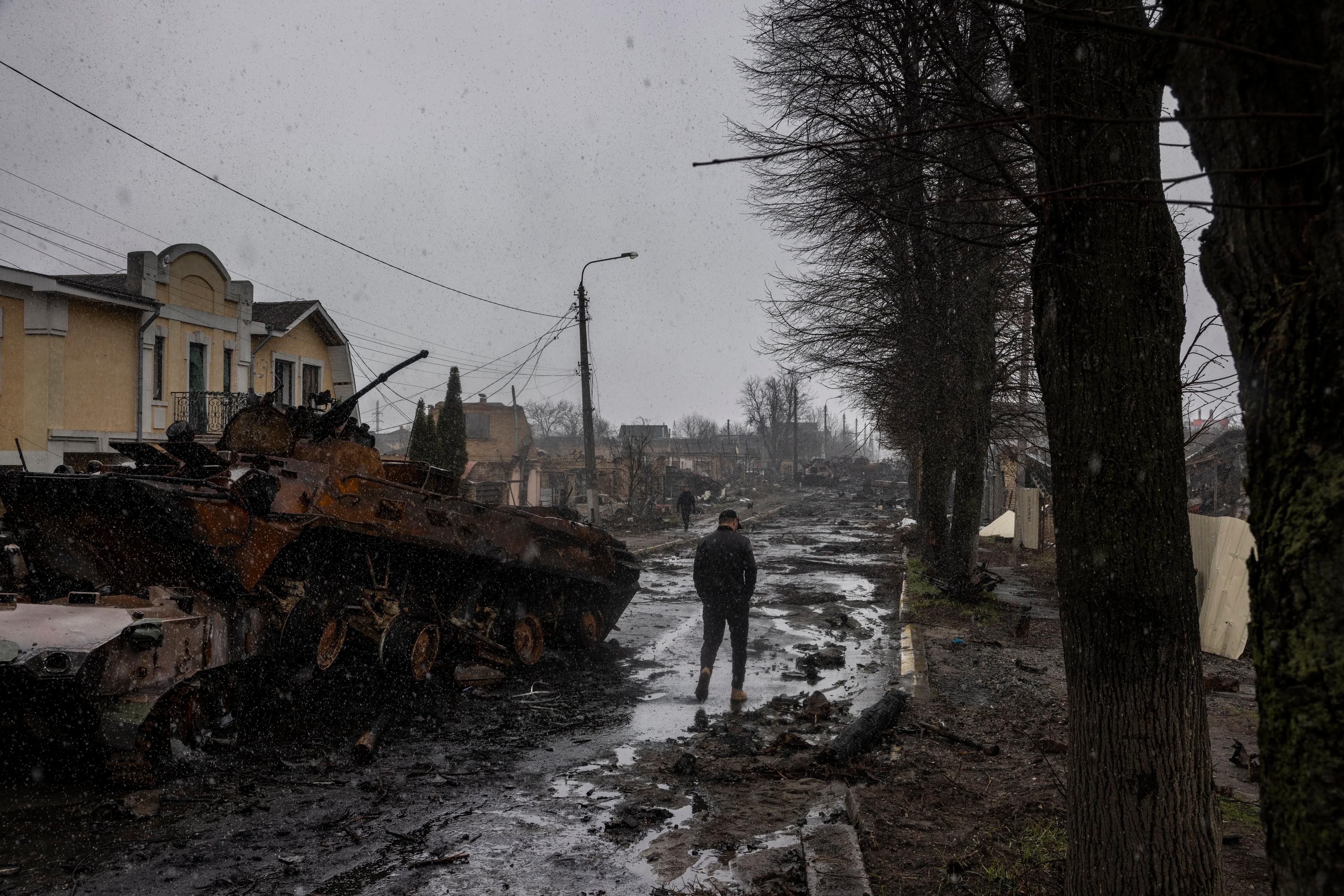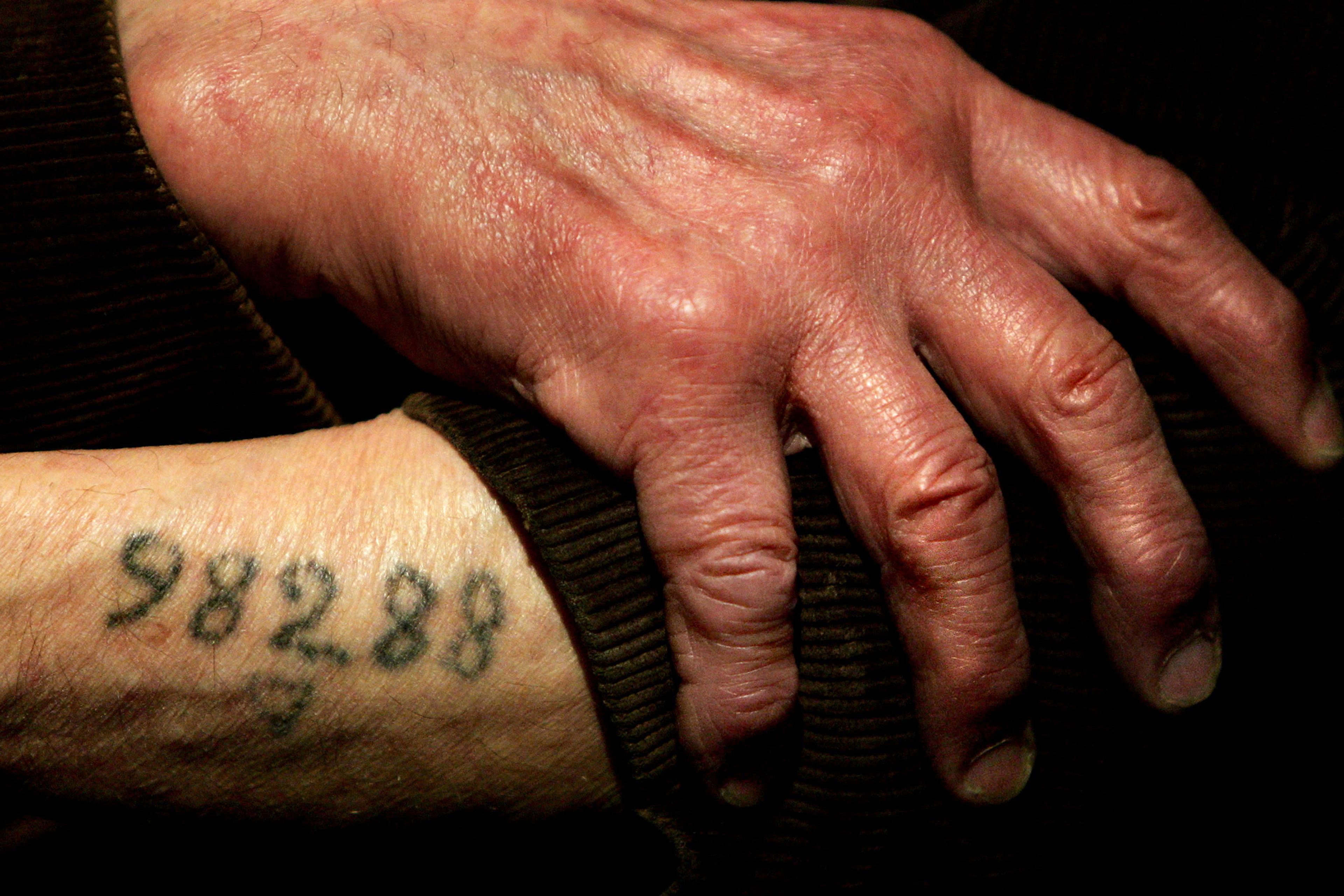The contemporary English poet Denise Riley frames mourning as a response to ‘implacable stillness’. In mourning, she writes, one is ‘in arrested time’. For Riley, mourning is about how loss, when it is sufficiently devastating, suspends time. In her poem ‘A Part Song’ (2012), she vividly describes the freeze-frame engendered by mourning:
Suspended in unsparing light
The sloping gull arrests its curl
The glassy sea is hardened waves
Its waters lean through shining air
Yet never crash but hold their arc
Hung rigidly in glaucous ropes
Muscled and gleaming. All that
Should flow is sealed, is poised
In implacable stillness. Joined in
Non-time and halted in free fall.
In Riley’s poem, nature doesn’t merely witness and empathise, as it does in John Milton’s ‘Lycidas’ (1638), in which ‘daffadillies fill their cups with tears’. Rather, with Riley, the whole of nature is seized up by the deferral of time – the gull’s curl arrests, the glassy sea freezes, and all that should flow is made motionless, as if the entire world were paralysed in stop-motion.
As a response to loss, however, mourning includes more than the impasse that Riley describes. In its most trenchant form, it might induce stuckness, but mourning is also an attempt to interrupt arrested time. It is driven by an animating desire to be unsuspended, to be recast into life after loss. In this sense, mourning seeks a way forward when the structural conditions surrounding and upholding life are damaged or broken. It acts to substitute arrested time for a capacious and worldly absorption in a time when newness is again conceivable. Mourning constitutes an act of founding, an attempt to foreground a new beginning after loss, one that miraculously sets the whole world rotating again.
With this dream of living again, mourning offers an occasion for freedom. This connection might surprise readers as mourning often signifies a private course undertaken by individuals bedevilled by loss, whereas freedom tends to underscore a collective effort galvanised in the public sphere. But freedom is hardly a self-explanatory or unitary category. Its inflections include both social forms and subjective experiences. The philosopher Isaiah Berlin presents one of the most influential modern theories of freedom. In 1958, he argued that freedom (Berlin’s term was ‘liberty’) comes in two forms, ‘negative’ and ‘positive’. Negative freedom, on the one hand, focuses on emancipation from a set of restrictive obstacles, and is therefore experienced in the absence of interference or constraint. By contrast, positive freedom emphasises the presence of a desired state.
Of course, the poles of negative and positive freedom are crass caricatures, but Berlin nonetheless points to an important distinction in the way that freedom is often invoked. Either it is conceptualised as ‘free reign’ – thus the wider the arena of non-interference, the more robust that freedom becomes – or it is framed as the index of one’s self-determination. Either it is about escape from a world of obstacles, in which case freedom is about being able to do something, or it is a capacity that we have to realise, in which case freedom is about the experience of self-actualisation that comes from exercising mastery over fate.
Mourning presents a felicitous blend of negative and positive freedom. It discloses a feeling of freedom from loss, but also inheres in the freedom to engage again in a new project of investment. Interrupting arrested time (negative freedom), mourning also seeks a way forward (positive freedom), and the opportunity to pursue this forward direction is itself foregrounded by the interruption of arrested time.
The psychoanalyst Hanna Segal acknowledged this interanimation in her work on mourning:
It is when the world within us is destroyed, when it is dead and loveless, when our loved ones are in fragments, and we ourselves in helpless despair – it is then that we must recreate our world anew, reassemble the pieces, infuse life into dead fragments, recreate life.
Mourning is the first step toward such recreation. Mourning gives loss a creative form, restoring life to a shattered world. Because of this, mourning is about more than the loss of loss. If arrested time follows when one’s horizon of meaning has collapsed, mourning is what yields ‘the mixed blessing of more life’, as the American critic Harold Bloom once put it. It unlocks the present by enlarging the realm of the possible. In this, mourning offers an occasion for freedom.
Our great public articulations of mourning make this vivid. An example can be seen in the Gettysburg Address of 1863. A wartime funeral elegy that is also celebrated as one of the most resonant expressions of freedom, the US president Abraham Lincoln’s requiem not only mourned the sacrifice of the dead during the American Civil War, it simultaneously exhorted the living on their behalf, by sublimating the experience of violent death into the rebirth of the Republic. Those who gave their lives at the Battle of Gettysburg shall not have done so in vain, Lincoln argued, so long as the living dedicate themselves to a ‘new birth of freedom’. In framing their loss this way, Lincoln explicitly connected mourning with freedom. He invoked positive freedom in arguing that self-rule ‘by the people, for the people’ was at stake in mourning the loss of life in Gettysburg, Pennsylvania, and Lincoln also invoked negative freedom in arguing that ‘a new nation, conceived in liberty’ must escape from a past afflicted by slavery. The summoning hail embedded within this expression of freedom, and the baptism of new beginning it promised, cannot be distinguished from the way that Lincoln mourned those who gave the ‘last full measure of devotion’.
Under tragic circumstances, such as those captured by the Gettysburg Address, the past can be unforgettable and unforgiveable, and for this very reason redemption might remain an unassumable responsibility. But despite and because of this, mourning invites us to dream of living again. There can be no guarantees that this new life will not itself be fraught, for a new project of investment might itself bear losses in the future. Mourning could animate a new birth, but this doesn’t guarantee a future without vulnerability. Mourning might be a leap in the dark, but it is not a leap into darkness. It is a leap to freedom.
